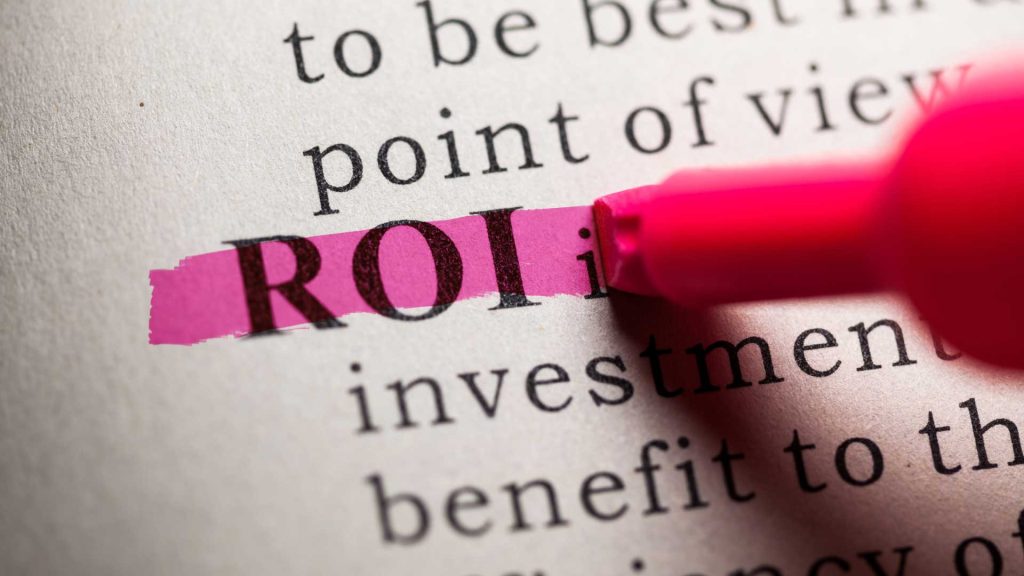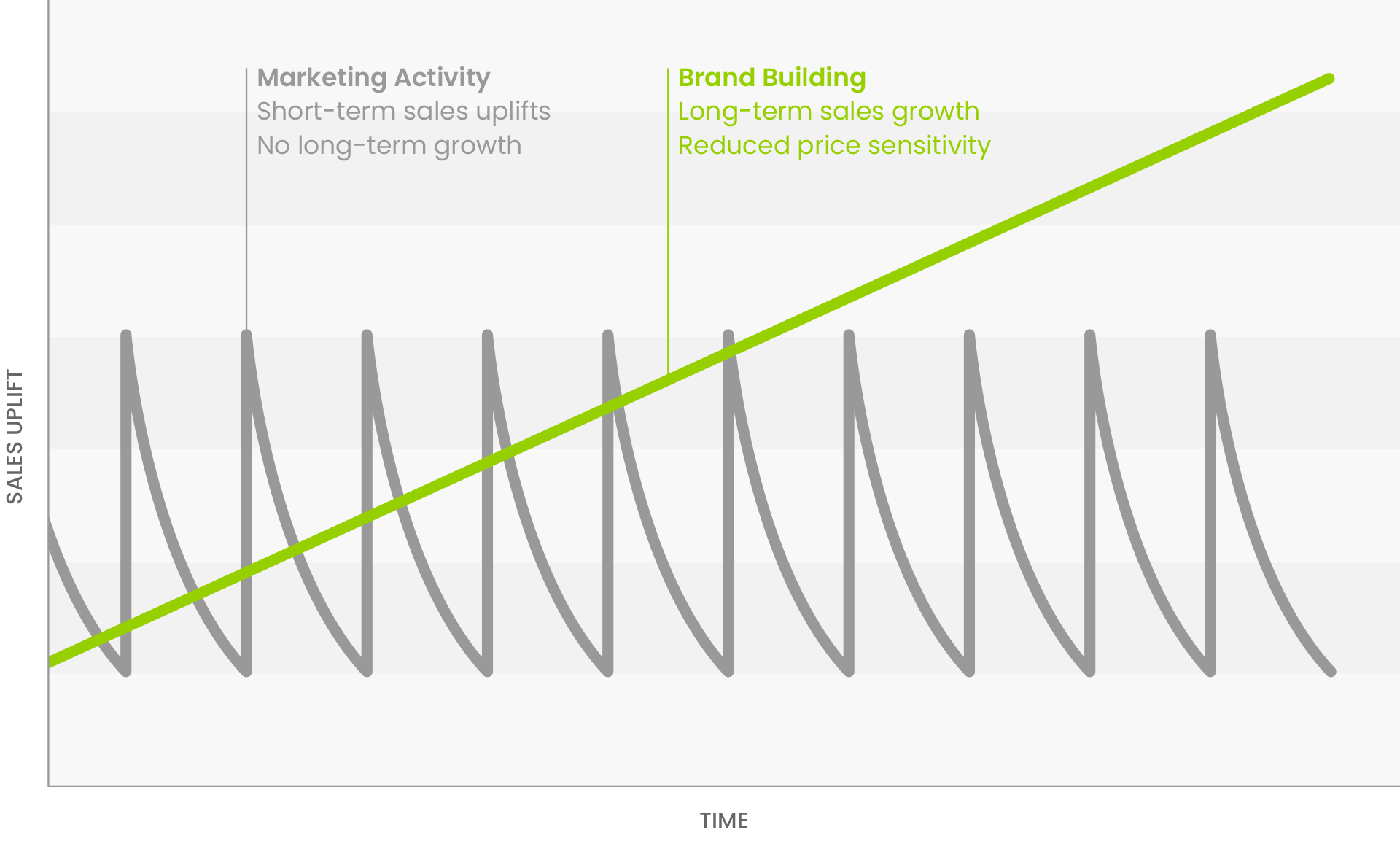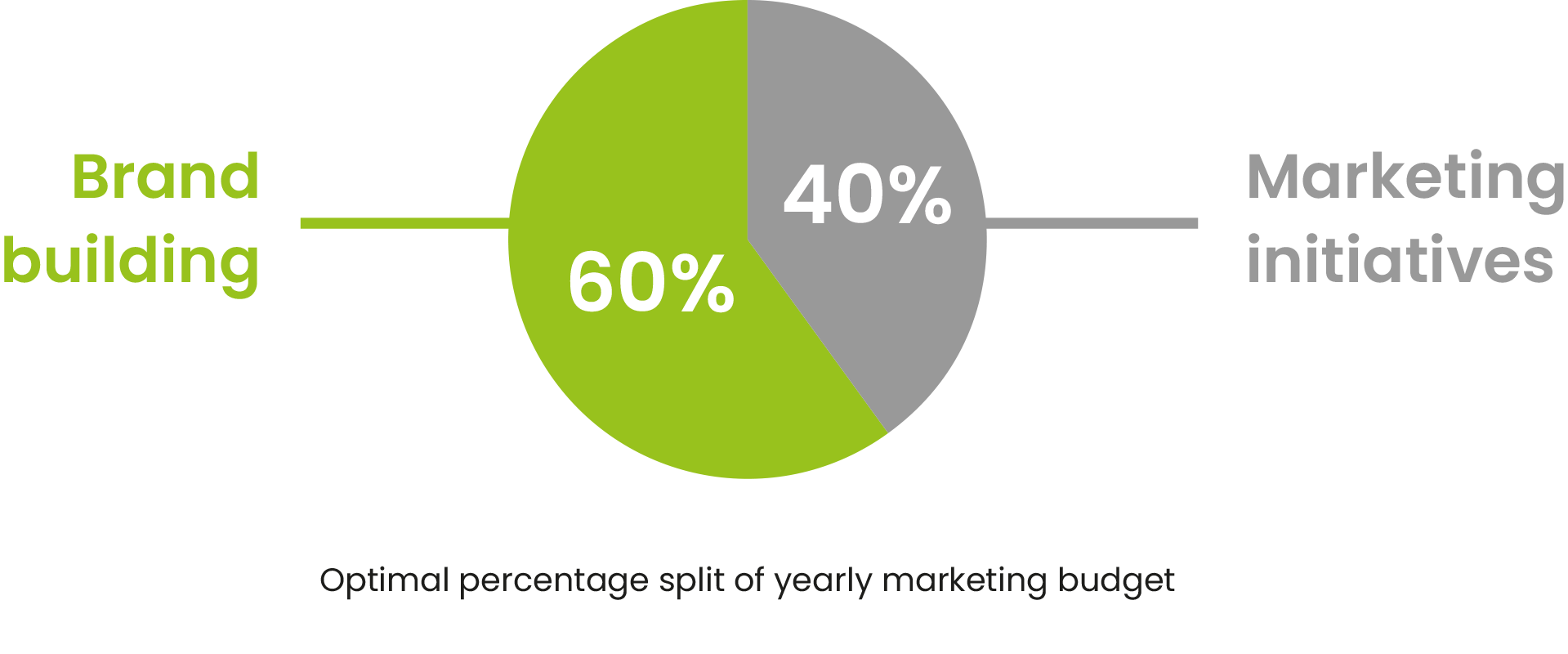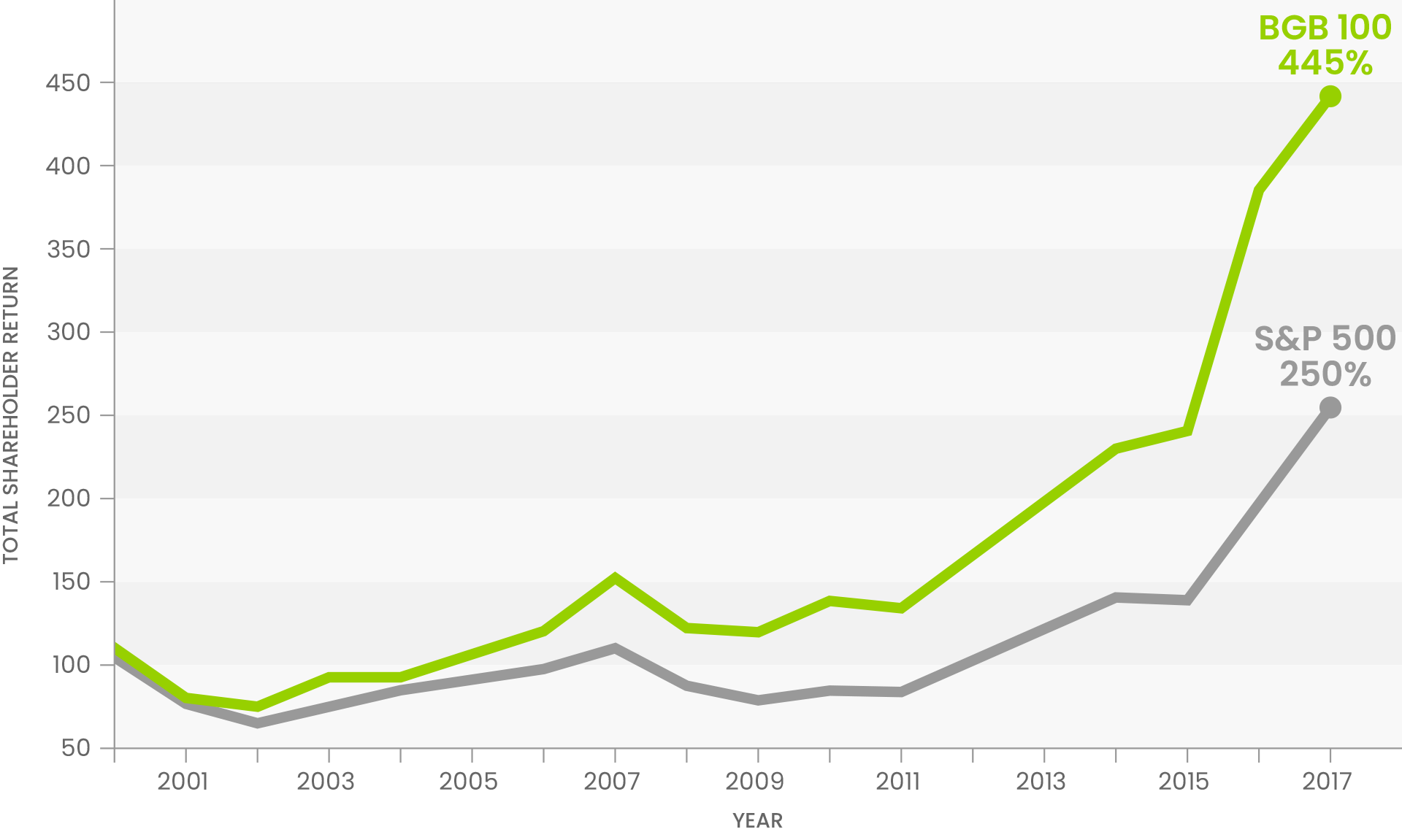How do you measure brand ROI?

Dan Fear
Wally Olins once said: “There’s only one true way to gauge the value of a brand, and that is to sell it.”
Many business owners don’t ascribe a value to their brand because it’s not easy to measure it, so instead they measure the effectiveness of their marketing spend. They may intuitively recognise that the brand is doing something positive for the company, but very few can pinpoint exactly what that “something” is. What many fail to appreciate is that brand value accrues over a longer period of time than the value generated by sales-driven marketing activity.
In a recent LinkedIn study, 46% of digital marketers revealed that they have budget allocation discussions every month. As a result, 77% of marketers attempt to prove the ROI of their marketing campaigns within a month of them running. This is a huge problem for any marketer interested in investing in the brand – because there’s no way for a piece of brand marketing to deliver a return over that period.
The problem with this approach is that marketing metrics are focused on immediate gains and don’t take into account the exponential impact a strong brand has over time. This leads to over-allocation of resources toward short-term marketing tactics and under-investment in increasing brand equity.
If you look at longer periods, brand-building activities drive significantly stronger sales growth than the temporary uplifts caused by short-term marketing campaigns.
Ignoring long-term brand building in favour of short-term marketing activity may work in isolated cases, but the fact is every modern company that has driven above-average profitable growth has invested heavily in building their brand.
The return on brand investment has a cumulative effect – building on positioning and ever-increasing levels of brand awareness that decay more slowly over time. In the long run, brand building is a better driver of sales growth than repeated marketing activity.
We all know that it takes on average 7 marketing touches before someone’s purchase intent is realised. When people are aware of your brand (and associate with it positively) it gives all of your other marketing efforts a boost. So the best approach leverages both short-term marketing and long-term branding initiatives.
The comprehensive IPA report titled “Media in Focus” shows that optimal effectiveness is achieved when about 60 percent of a company’s marketing budget is devoted to brand building, and around 40 percent to marketing initiatives.
Strong brands outperform stockmarkets
The impact of a strong brand on the bottom line is well documented. According to Interbrand’s Best Global Brands (BGB), companies that focused on the importance of their brand saw the value of their brands grow 2.4 times higher than those which didn’t. In 2022, the value of the BGB100 increased by 16% over the previous year. Of significance, AirBNB (a new entrant this year) made a strategic shift in its marketing investment to be more brand-driven.
A 14-year study by McKinsey & Company revealed that top-ranked brands outperformed the world market (as measured by return to shareholders) by 74%.
Specifically, having a high-performing brand helped these companies:
- Demand a premium price
- Shorten the sales cycle
- Increase sales volume
- Attract and retain top talent
According to a large study by Millward Brown analysing consumer habits, strong brands can capture, on average, three times the sales volume of weak brands. The same study showed strong brands commanded a 13 percent price premium over weak brands.
Researchers Les Binet and Peter Field analysed decades of IPA effectiveness data for B2B campaigns. They found that campaigns which deliver on brand metrics have 4x the impact on the business bottom line than those that don’t.
You’re also 50% more likely to get a conversion from short term marketing activities if your brand is in place.
It’s clear that while branding itself may be seen as intangible, its value is anything but. As Interbrand puts it, the market performance of strong brands is “enduring proof that investment in long-term brand building enables businesses to thrive over time and survive market volatility.”
So how should we define the ROI of Branding?
Simply put, the ROI of branding is that a strong brand attracts more customers, at a lower cost per acquisition, who are happy to pay a little more, and will buy a little more often.
The bottom line: investing in long-term brand building will help your company grow its bottom line.
Read about how our brand work for Apec helped them increase revenue from £2m to over £40m.
Do you want to bring new meaning to your marketing through a powerful brand?
Book a free 30-min Discovery Call on Zoom to have a conversation about whether your brand is having the right impact.



